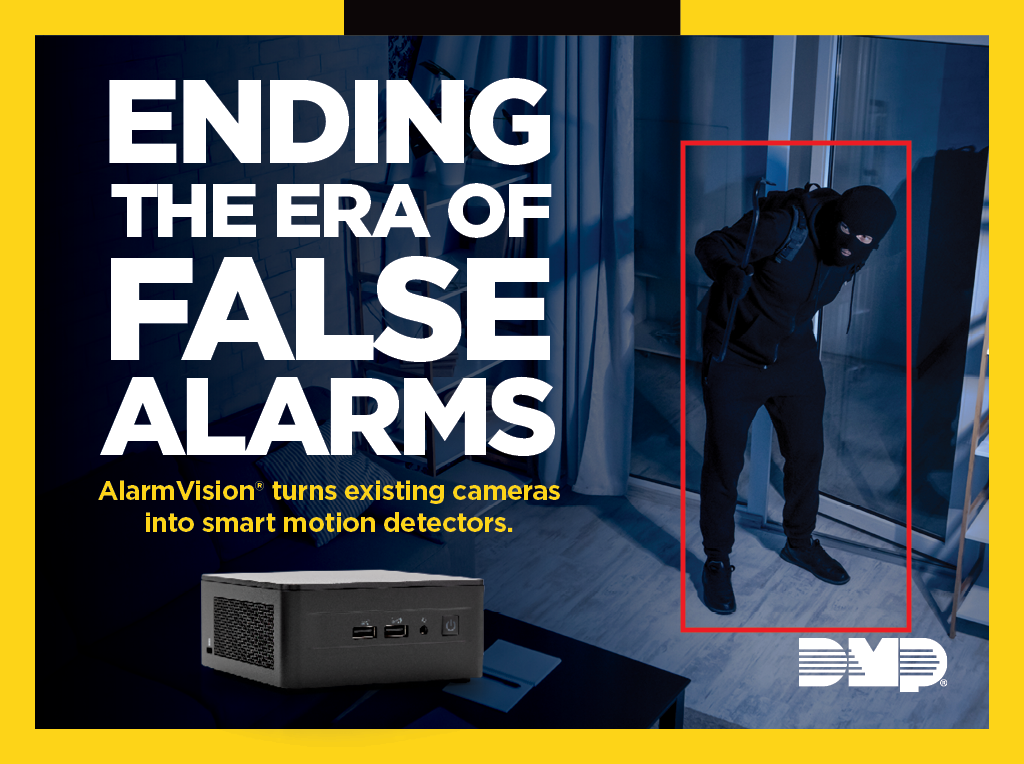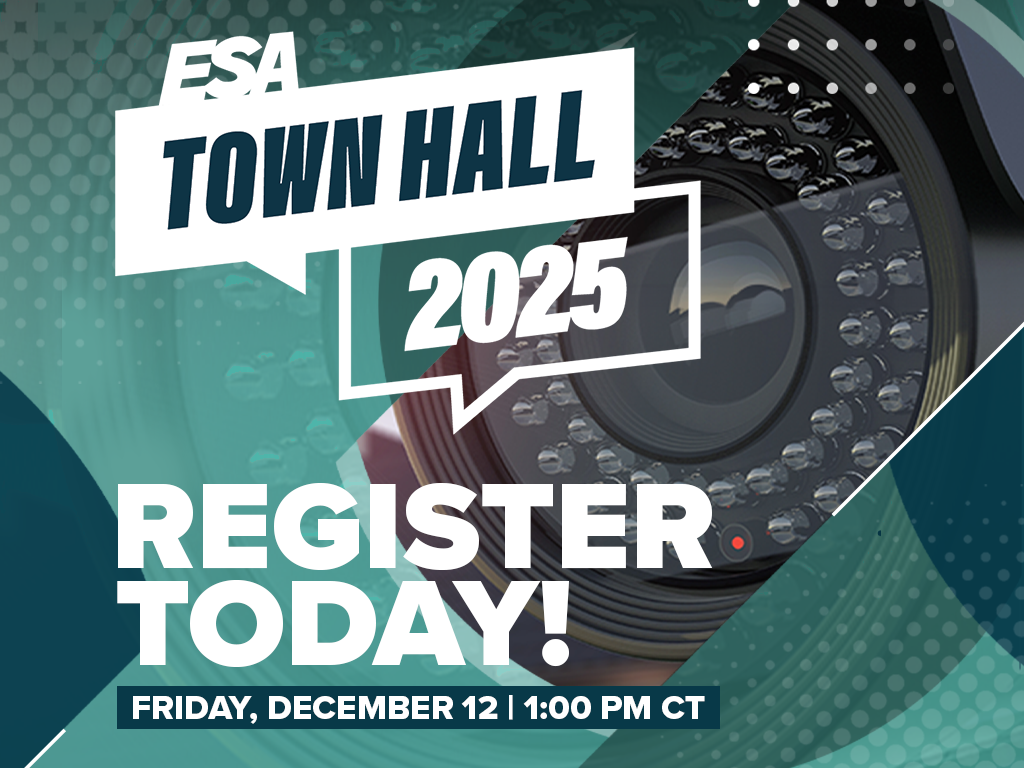School Security Upgrades That Get High Marks

Like the old Alice Cooper song says, “School’s out for summer.” But for savvy systems integrators, summer is the perfect time to perform needed upgrades for K-12 facilities.
With school buildings largely unoccupied, summer is an ideal time for robust security solutions to be deployed with minimal disruption to students and staff.
Increased incidents of school shootings in recent years have made the need for elevated school security starkly clear. Now more than ever, schools are considering how to best keep students, faculty, staff, and visitors safe while on their campuses.
As Eric Eddy, Director of Customer Facing Technology for Zeus Fire and Security points out, “A layered security approach, as recommended by the Partner Alliance for Safer Schools (PASS), is critical for K-12 safety. It goes without saying, but every security approach, including K-12, starts at the perimeter. Physical barriers are the obvious first layer to control access and define a facility’s boundaries. Adding layers of security that leverage technology, such as intrusion detection and access control, enables the means to ensure only authorized individuals are permitted within those perimeters,” he says. “K-12 specifically, though, presents unique challenges, operationally and logistically, in securing their perimeters with just access control or intrusion detection systems, so a holistic approach is critical to mitigate the myriads of risks most schools face.”
Key layers of security span several different technologies. Bobby Kaliber, Senior Security Consultant for Bates Security, a Pye-Barker Fire & Safety Company, breaks them down as follows:
Perimeter Security: “Establishing clear boundaries and controlled access points helps schools manage who enters their property and creates the first line of defense against unauthorized access.”
Doors & Locks / Access Control: “These systems allow schools to control and monitor entry to specific areas, ensuring only authorized individuals can access sensitive locations like administrative offices, server rooms, or areas where students are present.”
Video Surveillance: “Cameras provide real-time monitoring capabilities and create a permanent record for investigating incidents. They serve as both a deterrent and an investigative tool that helps administrators understand what happened during any security event.”
Visitor Management Systems: “These solutions help schools track who is in the building at any given time, verify visitor identities, and ensure all guests are properly escorted and monitored during their visit.”
Lockdown Solutions: “Rapid lockdown capabilities enable immediate response to threats, allowing schools to quickly secure areas and protect students and staff while law enforcement responds.”
“Schools are creating standardized processes to ensure they know who is in the building and funnel traffic through common entry/exit points using access control systems,” Kaliber adds. “They are using data from video to investigate and review events over time to ensure they have the best chance of providing a safe environment for the people in the schools. They are seeking ways to be proactive to prevent events from occurring rather than just planning to respond if/when something happens.”
Eddy emphasizes that schools can enhance emergency response by integrating technology, training, and partnerships. “Internally, cloud-based communication systems, especially those with mobile apps, enable real-time alerts to staff and first responders. However, people and operations are a key component of security, so regular drills, aligned with CISA’s K-12 School Security Guide, ensure staff and students know protocols during emergency situations,” he states. “Panic buttons and two-way radios increase internal coordination. Externally, partnering with local law enforcement to share floor plans, camera feeds, and access control data, which some unified platforms offer, is part of security operations. Role clarity, MOUs, and joint tabletop exercises with staff and police clarify roles during crises, streamline response behaviors, and foster a culture of vigilance, ensuring rapid, coordinated action.”
The use of metal / weapons detectors was initially met with some resistance among K-12 administrators, as part of their jobs has traditionally been to create open, welcoming places of learning. But considering increased school security threats, many are recognizing the strong level of defense these detection systems can add to a school’s security arsenal.
Kaliber reports that schools in his area are deploying metal detectors regularly and are beginning to show interest in weapon detection systems that employ analytics to detect these types of objects prior to entry into a school building. “These systems can identify potential weapons without requiring students to empty pockets or bags, reducing congestion at entry points.”
Eddy echoes this, noting that “A recent trend is intelligent weapons detection, especially in larger metro school districts, receiving notably more attention in the last few years.” He cites the Charlotte Mecklenburg and Lexington, Kentucky school districts as an example – both made significant investments in AI-based weapons detection. “Video surveillance adds visibility, within and beyond perimeters, but advancements are developing further flexibility to notify staff of deeper situational awareness leveraging AI, with potential integration for first responders to provide critical information in real-time to guide their response during an active emergency,” he says.
Regarding School Security Officers, Kaliber says he’s seeing increased adoption. “Many districts are hiring dedicated SSOs or expanding their existing programs. These officers often work closely with resource officers and help monitor security systems, manage visitor check-in processes, and provide an additional layer of human oversight that technology alone cannot provide.”
The need for school security upgrades is evident, but how can today’s systems integrators better educate K-12 customers on enhancing school security and guide them as to how to best allocate often limited budgets to implement the most needed and appropriate security solutions for their school? “Having detailed conversations centered around a school district’s priorities that include multiple entities withing the schools is vital to ensuring schools with limited budgets are being responsible with their funds,” Kaliber advises. “There is only so much that school districts can do at one time, so prioritizing needs based on their input, and developing a plan with them to enhance security over time is a great way to make sure that they get what they critically need.”
“To build trust with a school district, integrators need to tailor their approach to align with the distinct roles of School District Boards and Parent-Teacher Associations (PTAs),” Eddy says. “School District Boards, as elected bodies controlling budgets and policies, are more receptive to data-driven evidence. Integrators should present fact-based statistics (e.g., crime trends) and Partner Alliance for Safer Schools (PASS) guided audits to highlight threats like shootings or data breaches, emphasizing compliance and ROI. To guide budgets, propose phased solutions, start with access control or visitor systems, and identify grants like the COPS School Violence Prevention Program, as boards prioritize fiscal responsibility. PTAs, however, tend to focus on advocacy and community, responding to emotional appeals. Integrators can share real-life relatable examples, like a school preventing an incident with cameras, and offer workshops to explain panic buttons, fostering trust. PTAs can fundraise or pressure boards for security funds, so integrators may offer affordable pilots (e.g., cloud video access) to gain their support. ESA training equips integrators to bridge these audiences, ensuring boards fund critical systems and PTAs amplify community buy-in.”
The Electronic Security Association (ESA) supports effective school safety through public policies which enable the deployment of advanced security technologies. Specifically, ESA supports legislative measures that allow educational institutions to deploy perimeter security systems together with access control technology and video surveillance and visitor management and lockdown solutions and emergency alert tools including panic buttons. Technology serves as an essential tool for stopping threats before they occur and helps identify threats as they happen to trigger an immediate response to them.
As Taylor Criddle, ESA’s Vice President of Advocacy and Public Affairs explains, “The STOP School Violence Act receives formal support from ESA because it enables the U.S. Department of Justice to distribute grant funding for schools to implement evidence-based security improvements that include surveillance and access control systems (Bureau of Justice Assistance, STOP Program). The organization supports lawmakers to enhance these security initiatives while demanding that security system installations be performed by qualified professionals who hold proper credentials to guarantee system reliability and adherence to life safety standards.”
Protecting our nation’s schoolchildren is Priority One. ESA is here to support systems integrators segue into the K-12 market, which can only benefit from the advancing technologies that savvy systems integrators are implementing.




